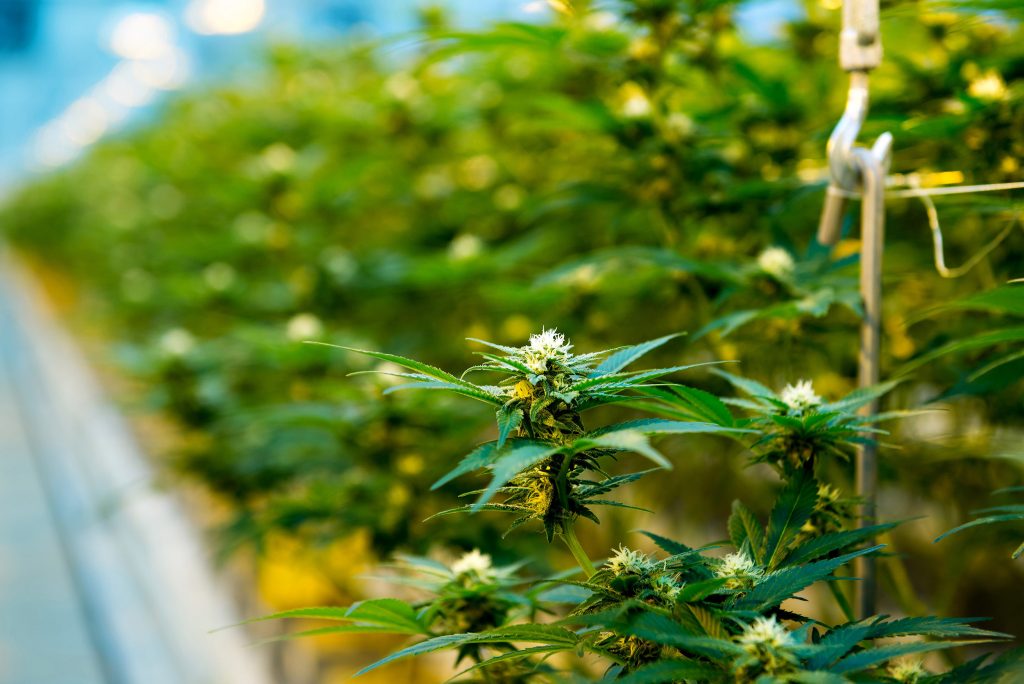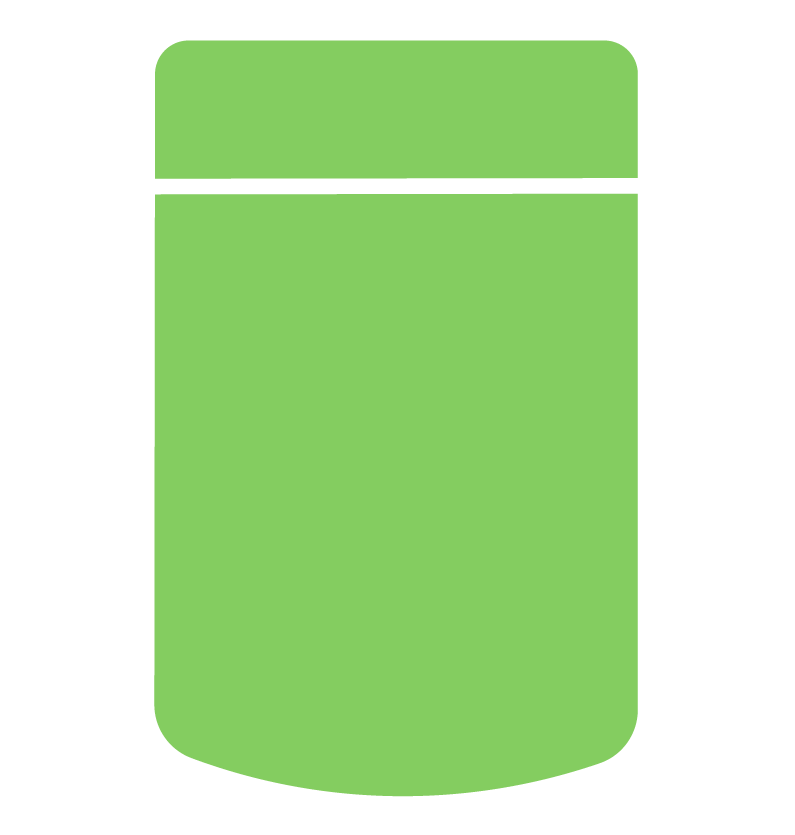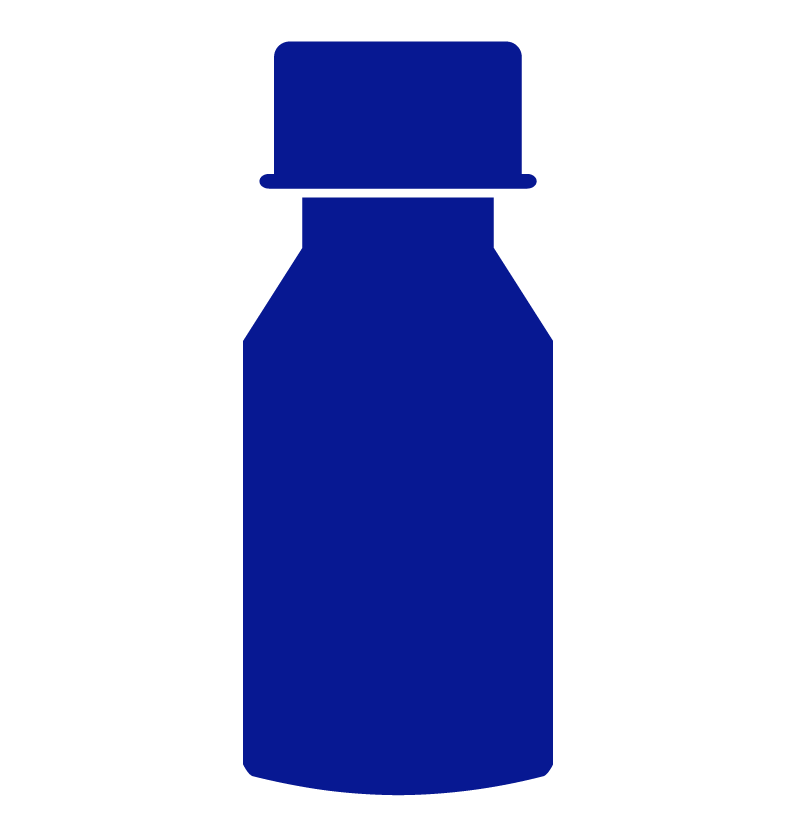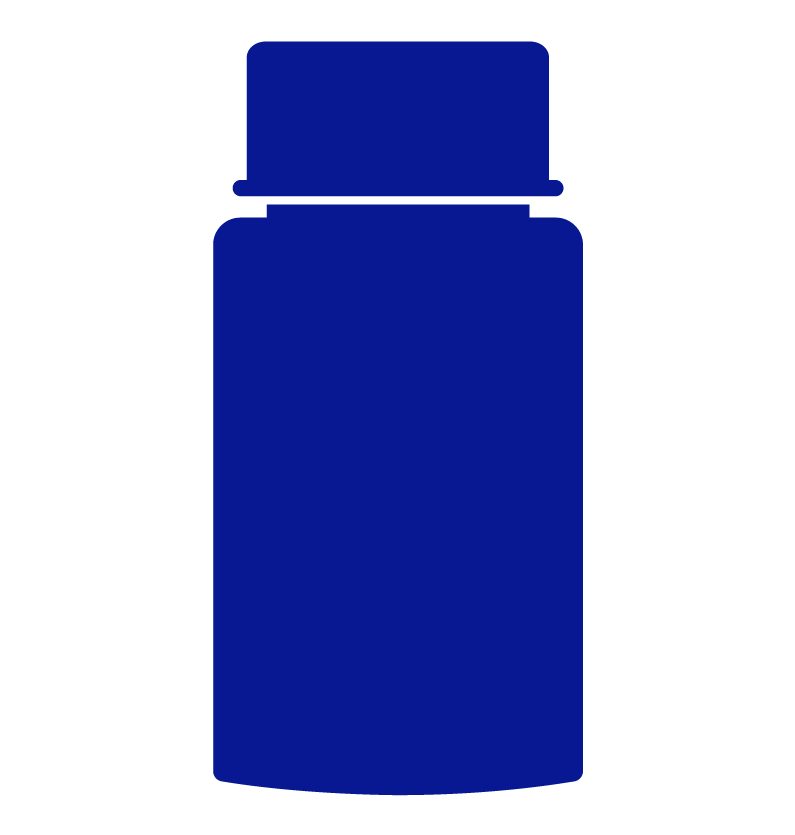With the rise in medical cannabis demand and product availability, establishing if a product fulfils acceptable quality standards has become more important. Patients can use the proposed framework when evaluating a cannabis product.
1. Type of product
Common product types used for medical purposes are ingestibles (i.e., Oil capsules, oral spray, edibles), topicals (i.e., Compounds & transdermal patches), and inhalation (i.e., dried cannabis flower and vapes). Dabs, waxes, and shatters, among other typical cannabis concentrates, are considered higher-risk products and are generally not recommended for medical usage.
2. Product labelling
Adequate health warning labels should be given for any health product, including cannabis. Indications of appropriate storage requirements can help in product quality preservation.
3. Listed Cannabinoid content
The content of cannabinoids is crucial in determining the appropriateness of cannabis and the risk associated with it. It’s important to think about the amount of THC and/or CBD listed, whether it’s in percentages, concentrations, or weight. According to Health Canada, the maximum amount of cannabis allowed in a medicinal cannabis format is as follows:
– Dried flower: <30g per package.
– Topicals/Extracts: THC level is <1000mg per container.
– Edibles: THC quantity <10mg per package.
4. Listed product/manufacturing details
Product specifications that are detailed are useful in ensuring product quality. Components of labelling include:
– packaging date
– expiry date
– lot number
– net weight/volume
– listed ingredients
– decontamination methods
– evidence of third-party testing
The aforementioned information can be found on product packaging or in the Licensed Provider’s own website’s product description.
5. Product packaging
Health Canada requires particular packaging considerations or security elements. The following factors should be considered when determining whether or not the package is safe to use
– Child-resistant
– Made of Opaque material
– Designed with Non-desirable image or logo
– Sealed and secure before use





